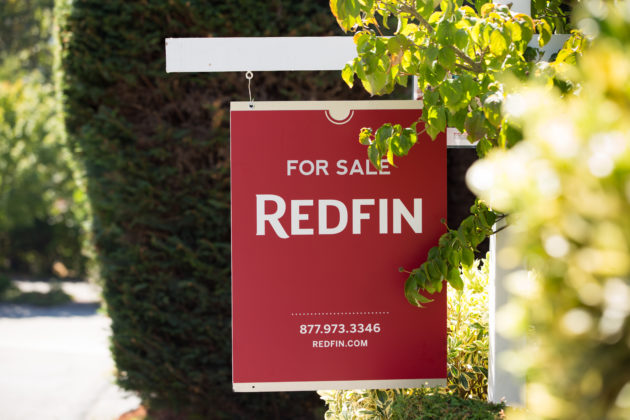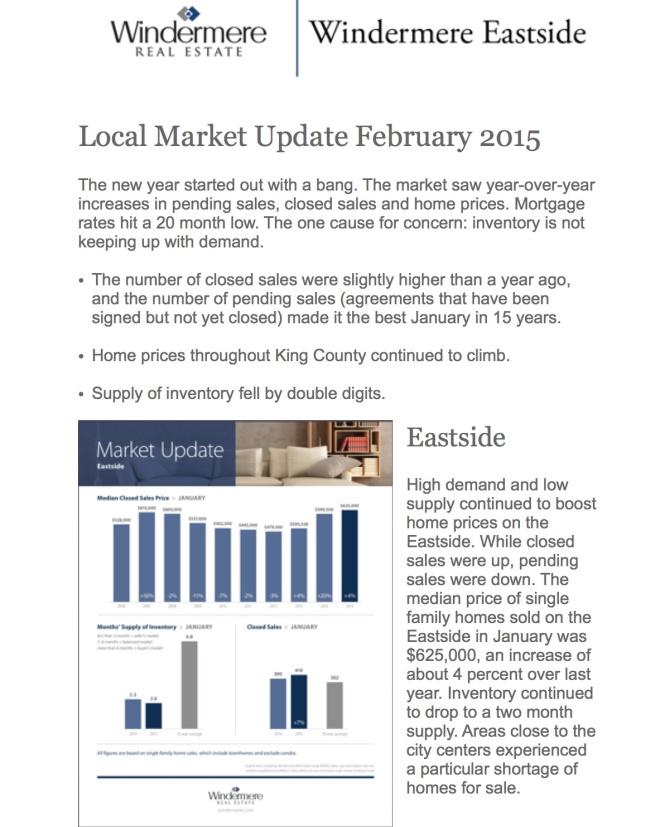
Have we arrived at one of those rare Goldilocks moments in real estate, where the market works well for sellers and buyers, strongly favoring neither?
Maybe. Based on the latest national consumer-sentiment survey by mortgage investor Fannie Mae, American consumers appear to think so. They’re more positive about the overall direction of the housing market than they’ve been in nearly a year. Growing numbers think it’s a good time to sell and a good time to buy. They expect their own personal financial situations will improve this year, and they believe that interest rates for home loans will continue to remain relatively affordable.
Housing and mortgage economists tend to agree. As Michael Fratantoni, chief economist of the Mortgage Bankers Association, told me: Six months ago, “I was guardedly optimistic. Now I’m just plain optimistic.” Mark Fleming, chief economist of First American Title Insurance, says: “So far in 2019, we’ve seen mortgage rates decline and wages rise — both trends work to boost home-buying power and fuel greater market potential for home sales, setting the stage for a stronger than expected” season.
Yet some economists warn that things are not necessarily as rosy as Fannie’s consumer survey would suggest. They point to troubling signs: Total home sales on a national basis continue to decline. That pattern historically has been a leading indicator that prices could actually fall during the year ahead, ending years of nonstop appreciation. Plus, houses are taking longer to sell — many owners are having to cut their asking prices. The days of widespread bidding wars are over.
So what’s really going on, and how do you relate it to your own situation, either as a potential buyer or seller? Some hard facts:
●Prices are still rising, but at a slower rate than in recent years past. The median home listing price hit $300,000 last month for the first time ever, a 7 percent jump over the previous year, according to Realtor.com. Fratantoni predicts price increases will moderate to an average of just 4 percent this year, 3 percent next year and 2.5 percent in 2021.
●A notable percentage of sellers’ asking prices are being reduced.
●Interest rates have been a great stimulus and are key to a strong spring. Lower rates are good for buyers, good for sellers. Last fall, average rates for a fixed-rate 30-year mortgage hovered near 5 percent, according to data from investor Freddie Mac. In the first week of April they averaged 4.08 percent. Homeowners and would-be buyers have responded enthusiastically to the lower rates, sending applications soaring by 18.6 percent during the week ending March 29 compared with the week earlier, according to the Mortgage Bankers Association.
●Inventories of available homes for sale continue to rise — meaning more choices for shoppers, according to National Association of Realtors researcher Michael Hyman. Listings nationwide were up by 3.2 percent year-over-year in February. That’s generally a good sign for buyers because it helps keep price pressures down. But homes for sale in the primary entry segment for first-time home buyers — houses priced under $200,000 — dropped by 9 percent year-over-year, according to Realtor.com, while they grew by 11 percent in the upper price brackets over $750,000.
All this is well and good, says Issi Romem, chief economist for realty marketing and data site Trulia, but the reality is that the housing market is in cyclical slowdown mode. Inventories of available homes may be increasing, but part of the reason is that houses are staying on the market unsold for longer times in many areas. The price cuts and longer days-on-market times reveal that significant numbers of “sellers are facing greater difficulties in selling.”
Romem and Trulia Senior Economist Cheryl Young issued a report last week that runs counter to the cheery outlook prevailing in the industry. “[It] is possible,” they say, that “by fall or next year prices might modestly decline.”
What that means is that the Goldilocks theory and perceptions of balance between sellers and buyers may not be quite right.
Advantage: buyers.
Kenneth R. Harney, The Washington Post






